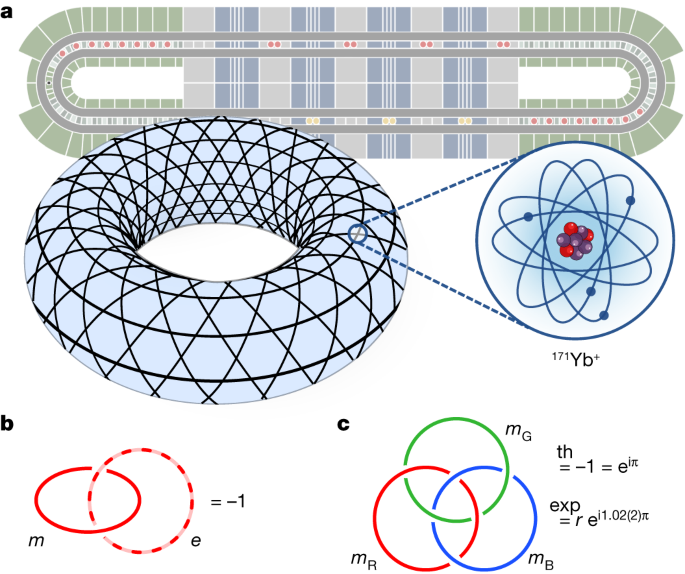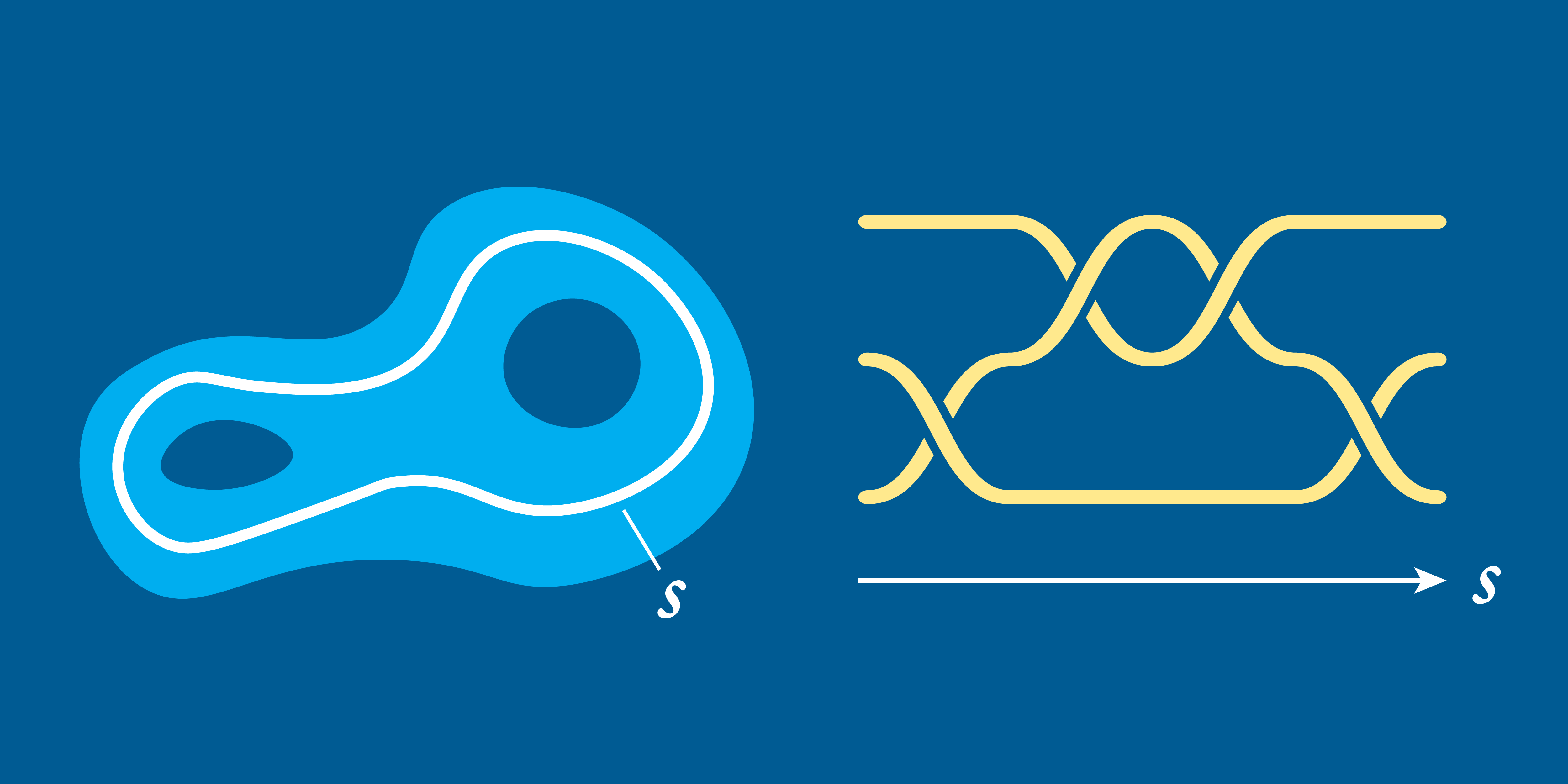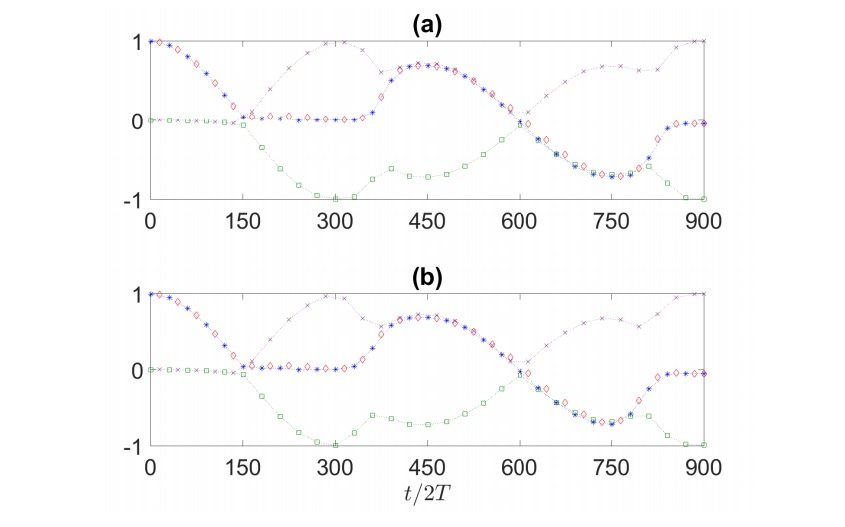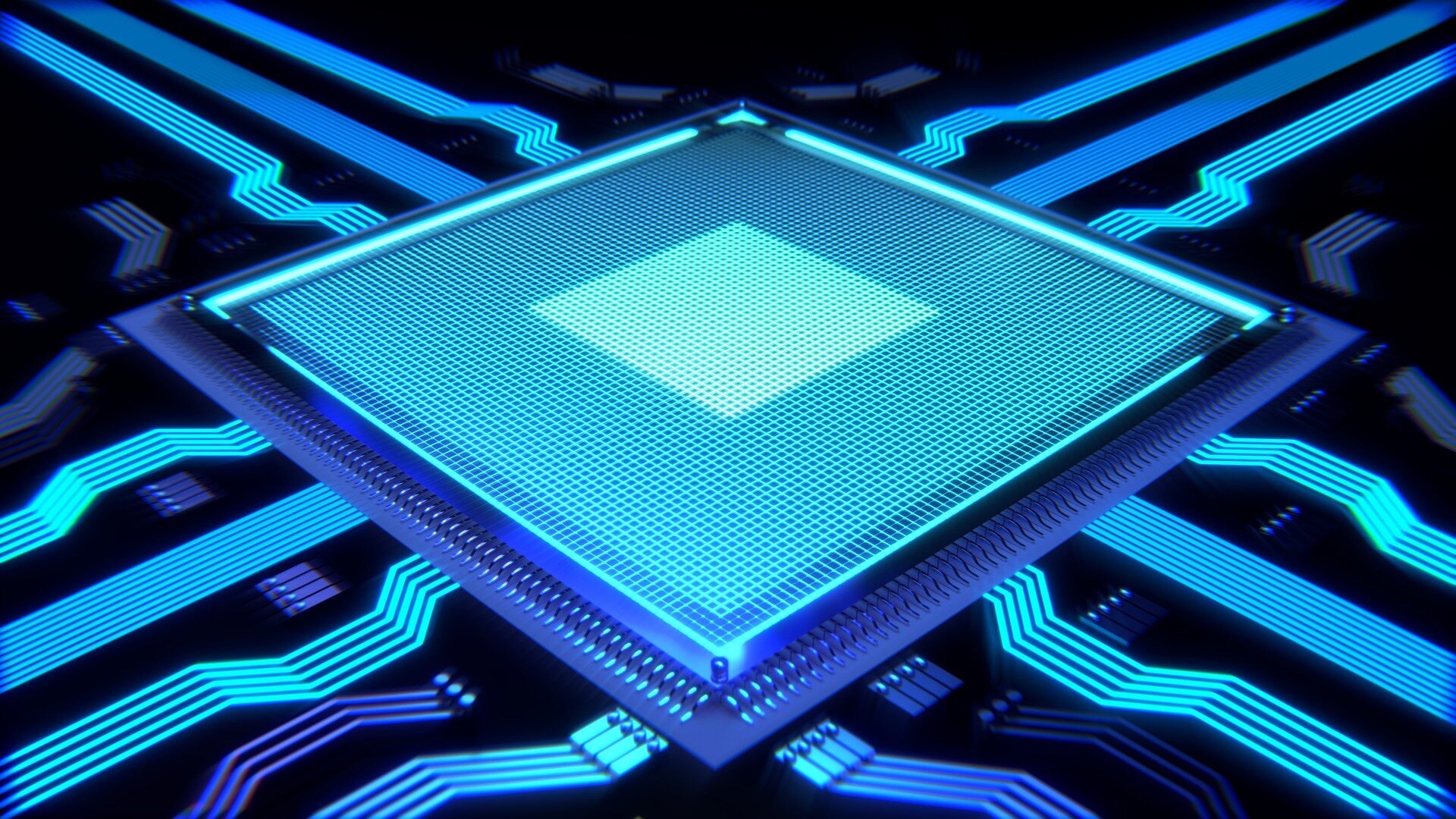States of matter with "non-Abelian topological order".
Abelian means commutative - so non- Abelian means "order matters".

 www.nature.com
www.nature.com
To help decipher the vocabulary:
Anyon: Anyon - Wikipedia
Kagome lattice: Trihexagonal tiling - Wikipedia
Borromean ring: Borromean rings - Wikipedia
Quantum braiding: Quantum braiding: It’s all in (and on) your head.

 knotphysics.net
knotphysics.net

 phys.org
phys.org
Abelian means commutative - so non- Abelian means "order matters".

Non-Abelian topological order and anyons on a trapped-ion processor - Nature
A trapped-ion quantum processor is used to create ground-states and excitations of non-Abelian topological order on a kagome lattice of 27 qubits with high fidelity.
To help decipher the vocabulary:
Anyon: Anyon - Wikipedia
Kagome lattice: Trihexagonal tiling - Wikipedia
Borromean ring: Borromean rings - Wikipedia
Quantum braiding: Quantum braiding: It’s all in (and on) your head.

Knot Physics - Braids and Quantum Information on a Branched Spacetime Manifold
We use a branched spacetime manifold to describe quantum mechanics. The branches are braided, and the braids can help us understand quantum entanglement.

Braiding may be key to using time crystals in quantum computing
Over the past few years, physicists have predicted that a new form of matter called time crystals may have potential applications in quantum computing. Now in a new study, physicists Raditya Weda Bomantara and Jiangbin Gong at the National University of Singapore have taken some of the first...

